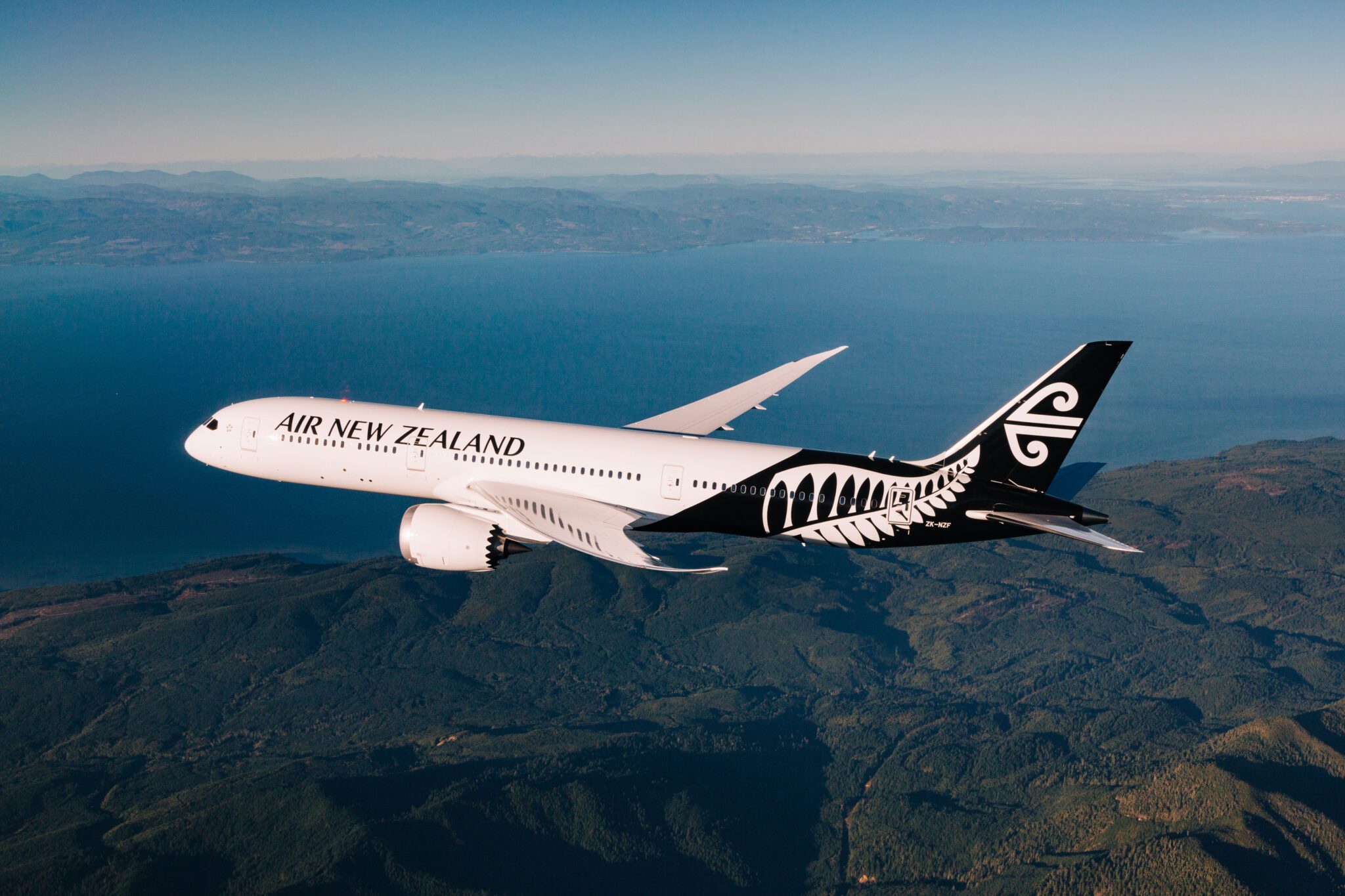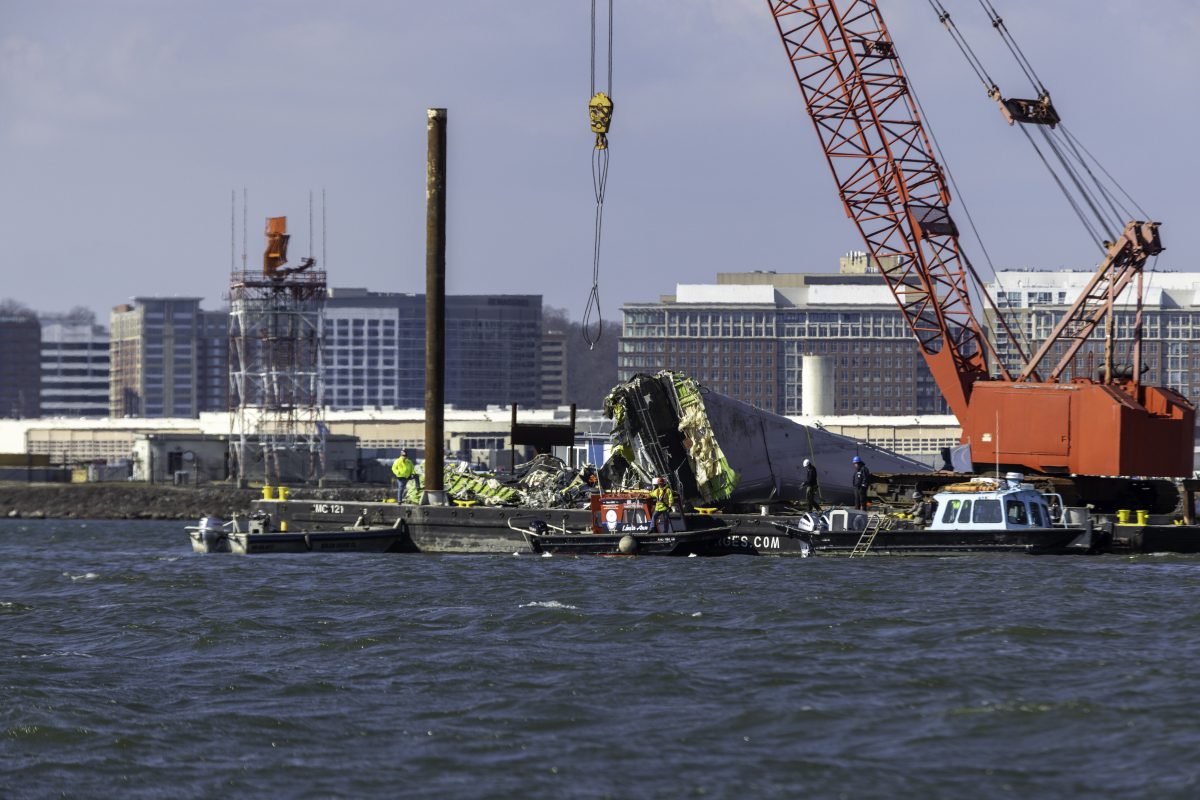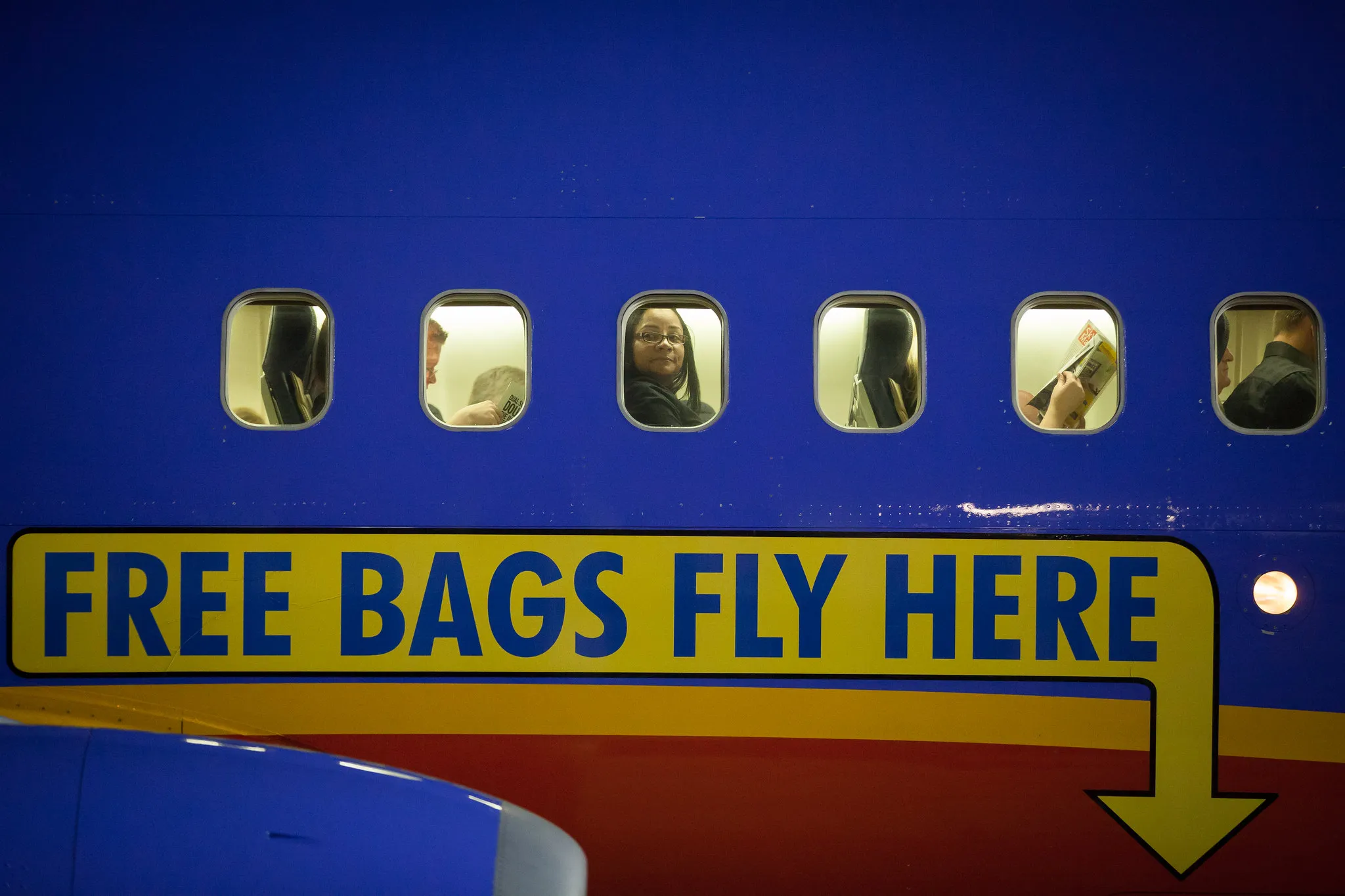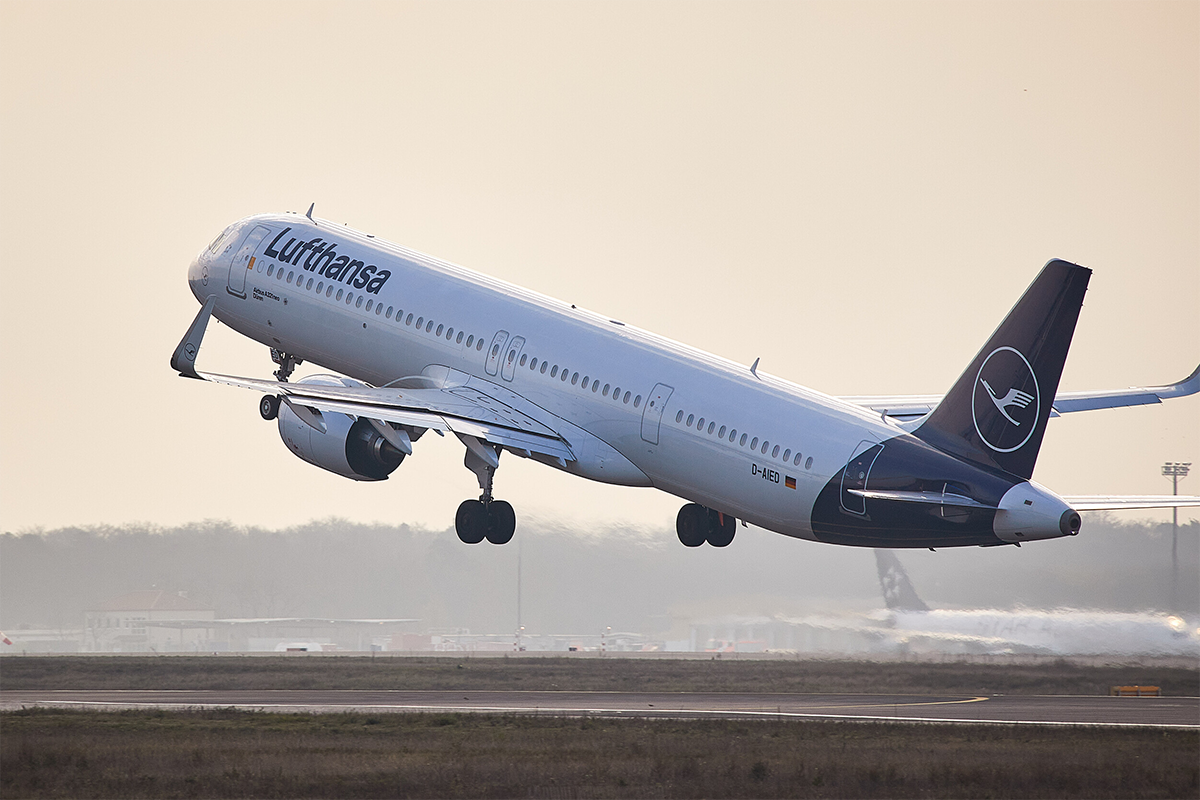Air New Zealand Facing ‘Unprecedented Competition’ From U.S. Rivals

Skift Take
Major U.S. airlines are bringing “unprecedented competition” to the transpacific market. The comments from Air New Zealand come as the Kiwi flag carrier lowered its earnings guidance for the current financial year.
The company published its 2024 interim results on Monday. It said that a deterioration in the economic and operational environment is expected to have a “significant adverse impact” on its performance during the second half of its fiscal year.
While the Auckland-based airline is facing headwinds on multiple fronts, it highlighted the aggressive expansion of U.S. carriers as a particular source of pain.
Amid the post-pandemic travel boom, all of the major international U.S. carriers now have New Zealand on their route network.
Analysis of Cirium Diio data shows American, Delta, and United have daily departures from their West Coast hubs to Auckland. In the peak season, United even offers a nonstop three-times weekly flight from San Francisco to Christchurch on New Zealand’s South Island.
U.S. Airlines Expand Networks
The big three American carriers are due to offer 35 flights a week between the continental United States and New Zealand during the coming peak season. During the same period in 2019, the figure was just 14.
Combined with long-standing competition from Australia's Qantas - which uses Auckland as a refueling stop for some of its longer U.S. flights - the battle for transpacific travelers has never been greater. While good news for passengers, when supply is surplus to requirements, airfares often come under pressure.
U.S. operators have also been ramping up their presence in Australia. In February, American Airlines announced a new 7,200+ mile service from Dallas Fort Worth to Brisbane. It is due to be the longest nonstop flight in the company's worldwide network when it launches in October.
Delta is due to add a seasonal service from Los Angeles to Brisbane later this year, complementing existing links to Sydney.
Domestic Disappointments
On Monday, Air New Zealand also said it is facing challenges closer to home. It reported soft demand for corporate and government domestic travel and said it would reduce capacity in the coming quarter to “better reflect [the] current demand profile and improve operational resilience.”
While domestic leisure and international connecting traffic is still “holding up,” the company warned that these segments were sensitive to price changes.
Despite striking a cautious note on pricing, Air New Zealand confirmed that a “domestic fare review” is underway. It said the exercise would better match profitability with inflationary costs.
Elsewhere, traffic across the Tasman Sea between New Zealand and Australia remained solid, however, a reduction in profit margins on the routes was a factor.
India a 'Standout'
It wasn’t all doom and gloom. Asia has been performing well, with outbound demand from India “a standout.” Capacity to Singapore, Taipei, and Tokyo is due to ramp up in the coming months. A seasonal service to Seoul is also due to return in October.
However, even the Asia growth story wasn’t entirely universal. China was mentioned as a challenging market, with visa processing delays hampering capacity growth.
Other reasons to be cheerful included a 10% year-on-year rise in membership of its Airpoints loyalty program, which now has 4.4 million signed up.
Air New Zealand’s workforce also rose by around 14% compared to the same period a year earlier, driven by strong demand.
Despite the headwinds, total network capacity for the 2024 financial year is due to reach 93% of pre-pandemic levels. The carrier now expects pre-tax earnings of NZ$190-230 million (US$112-136m) for the 12 months through June 2024. This is around NZ$10m lower than guidance provided in February.





